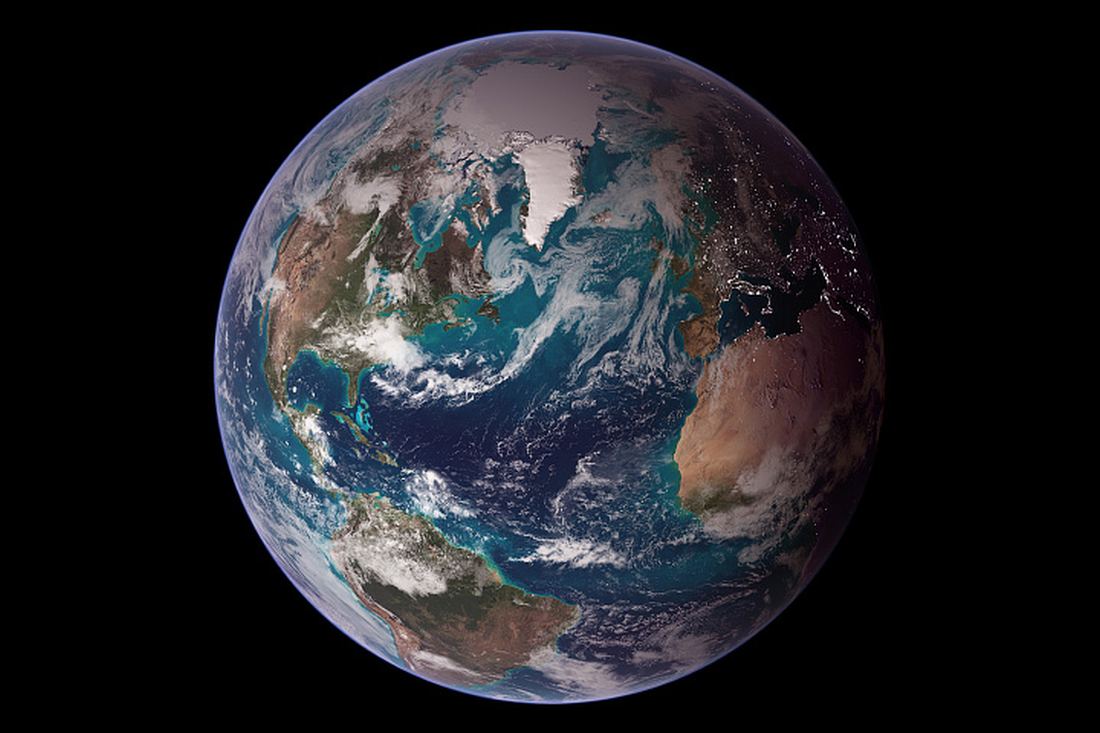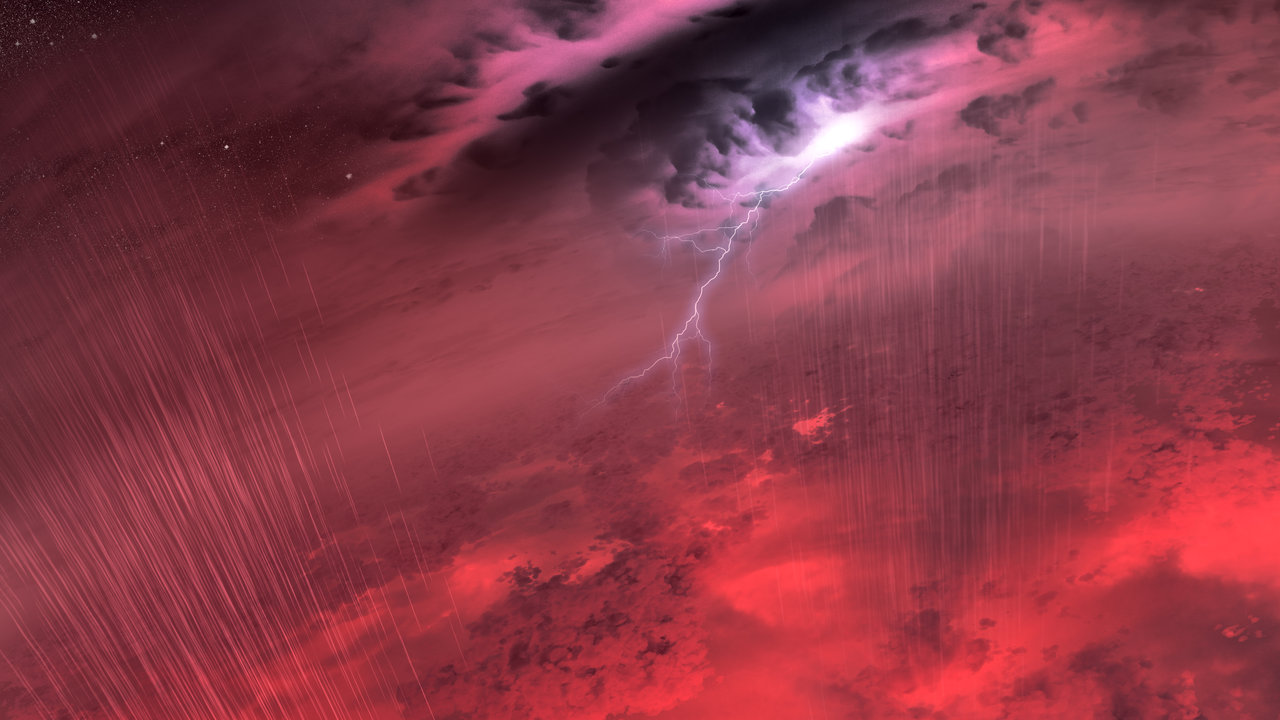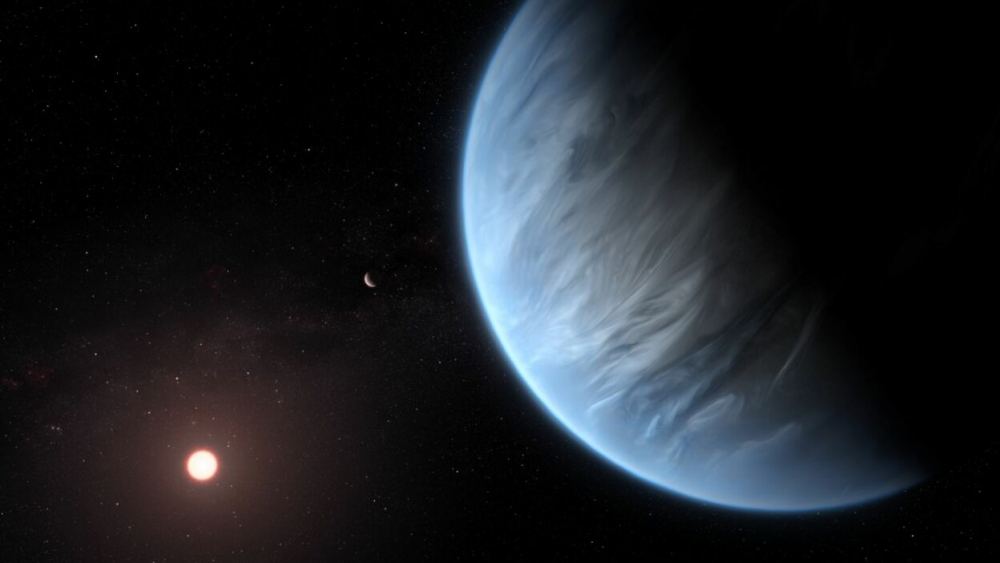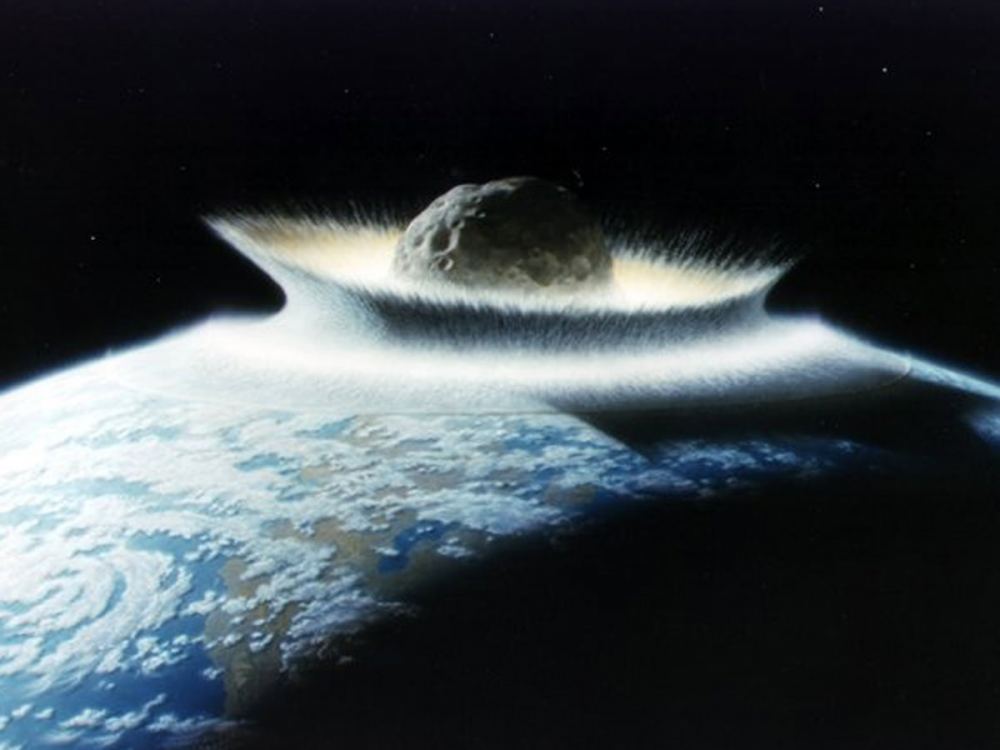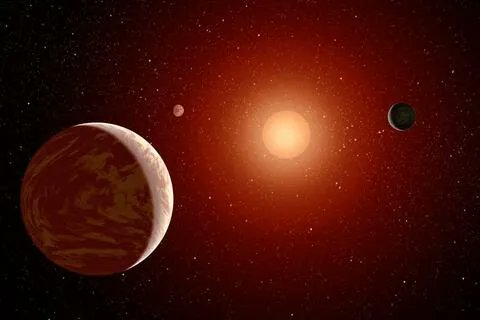Less than a year after it went to space, the James Webb Space Telescope (JWST) has already demonstrated its worth many times over. The images it has acquired of distant galaxies, nebulae, exoplanet atmospheres, and deep fields are the most detailed and sensitive ever taken. And yet, one of the most exciting aspects of its mission is just getting started: the search for evidence of life beyond Earth. This will consist of Webb using its powerful infrared instruments to look for chemical signatures associated with life and biological processes (aka. biosignatures).
The chemical signatures vary, each representing a different pathway toward the potential discovery of life. According to The Conversation’s Joanna Barstow, a planetary scientist and an Ernest Rutherford Fellow at The Open University specializing in the study of exoplanet atmospheres, there are four ways that Webb could do this. These include looking for chemicals that lifeforms depend on, chemical byproducts produced by living organisms, chemicals essential to maintaining a stable climate, and chemicals that shouldn’t coexist.
Continue reading “Here are Four Ways JWST Could Detect Alien Life”


